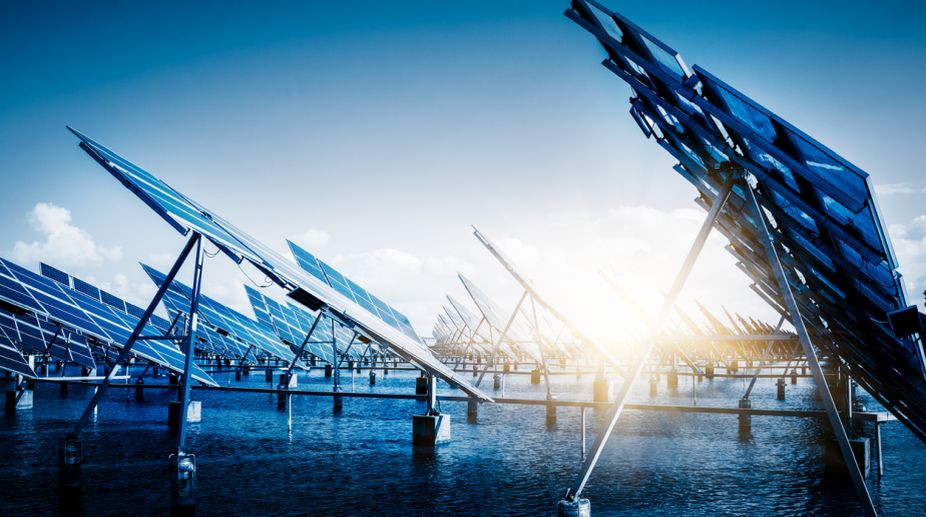In order to meet the target of increasing solar power capacity to 100 gigawatt (GW) by 2022, India will need to significantly ramp up the pace of solar capacity additions by 10 GW this year and over 15 GW per year, a recent joint survey said on Monday.
According to an Assocham-NEC Technologies study, India's installed solar capacity fell short of the target of 17 GW by the end of 2016-17.
Advertisement
"In 2014, India's Prime Minister Narendra Modi announced a goal to increase solar power capacity to 100 GW by 2022 — five times higher than the previous target," said the joint report titled ‘Capacity Building and Skill Development'.
The Assocham-NEC study stated that poor financial conditions of distribution companies, coupled with inadequate financial capacity of stakeholders, amounted to financial challenges in the Indian solar industry.
"Investment required per MW (megawatt) generation of solar power is around Rs 6 crore, which means a total of approximately Rs 600,000 crore for 100 GW," it added.
Pointing to the efficiency of solar cells as the biggest technological issue, the study said currently the efficiency ranges from 12 per cent to 20 per cent, though this continues to improve.
"The rest of the energy striking the panel is either reflected or is wasted as heat. The main issue with efficiency is that higher efficiency solar panels cannot be commercially mass produced," the study said.
The study noted that to achieve the 100 GW target by 2022, the focus has slightly shifted from indigenous manufacturing.
"Policies to curb the imports from other countries (for instance China) are not benefiting the domestic manufacturing. Furthermore, the increase in taxes in the GST structure in solar from 0 per cent to 5 per cent, coupled with reduced taxes in coal from 11.69 per cent to 5 per cent may lead to slow adoption of solar power in the Indian energy sector," it noted.
Highlighting the fact that foreign investment in Indian solar industry currently is less than 20 per cent, the study said that even after the 100 per cent foreign direct investment (FDI) under automatic route and 74 per cent through foreign equity participation in a joint venture (without approval), it has not paved the path for significant foreign investments in Indian solar industry.
"The solar panels used in India are not designed to handle very high temperatures and dust prone conditions. Because of this, module damage is common and results in loss in energy generation," the study said.
The study added that the Indian solar industry is growing at a rapid pace and requires an integrator to coordinate with private companies and public sectors.
"There is need of a consolidator to bring every stakeholder on the same table to better define policies and frameworks for Indian solar industry — public-private partnerships (PPPs) may offer an effective way to promote and implement rooftop solar PV projects, particularly in India," it added.










